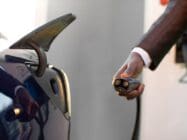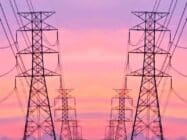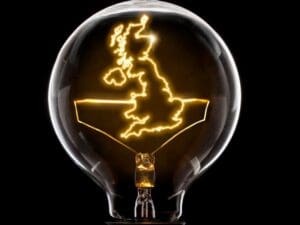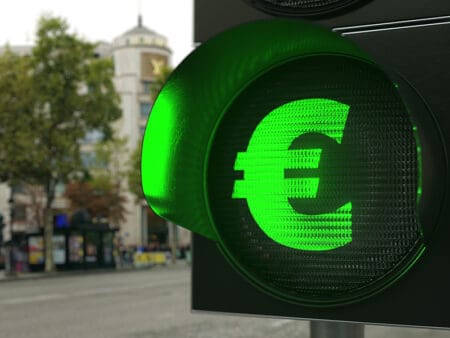
Peter Gönitzer of nobilegroup takes a look at the financial side of the European Green Deal.
In July 2021, the European Commission published its Green Deal “Fit for 55” package. These encompassing legislative initiatives are intended to enable the EU to meet its climate targets of at least 55% reduction of greenhouse gas emissions by 2030 compared to 1990 levels and net zero by 2050 to effectively limit global warming to 1.5°C compared to pre-industrial levels.
To meet our climate goals we need a massive flow of investment in low-carbon energy infrastructure in order to significantly lower our generation of carbon emissions. In this context, the subject of green finance comes to the fore, because without funding suitable to capitalize on such green projects, we will not make it.
This article was originally published in Smart Energy International Issue 4-2021.
Read the mobile-friendly digital magazine or subscribe to receive a print copy
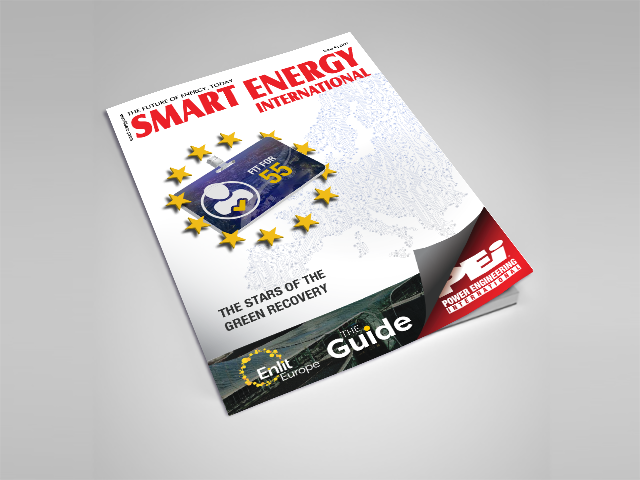
Rethinking investment portfolios
When it comes to investment decisions, sustainability is becoming more and more a decisive factor. The focus is no longer solely on the earnings potential and the risks. Now, certain investor groups no longer invest in portfolios that are not “ESG” (Environmental, Social and Governance) compliant. The growing demand in environmentally responsible investments as well as the guidelines and directives coming from the Green Deal “Fit for 55” package force banks and other financial investors to rethink their investment portfolios. They have to meet certain indicators, key figures and sustainability requirements within their portfolios in order to get their products listed accordingly.
“…WHEN IT COMES TO GREEN FINANCE, THE CRITERIA ARE BECOMING SO NARROW THAT FINANCIAL INVESTORS SIMPLY HAVE TO RUN AFTER THE PROJECTS.”
A problem financial investors are facing is a massive amount of investment ready capital for a segment that is still quite manageable in terms of its investment ready projects. A few years, ago a capital borrower basically had a project and had to apply for funding and then – in the best case scenario – was able to choose for the best funding offer. Now, when it comes to green finance, the criteria are becoming so narrow that financial investors simply have to run after the projects.
We are seeing that trend today. We tend to have much more investment ready money compared to real green projects to invest in. Hence, when it comes to green finance, we observe a much stronger buyers‘ market. In contrast to the classic seller’s market of financing, where financial institutions are faced with an oversupply of projects in need of financing, project applicants and developers can now more or less choose from a range of financing partners due to the oversupply of funding opportunities. In the case of energy communities, this even went so far that in some cases they issued loan applications for projects that still had to be designed on paper.
Therefore, when it comes to green finance, financial institutions have to rethink their traditional approach. They mostly try to fit new projects in the ‘classic drawers’ of their product offering. However, it is often the case that green finance projects tick different boxes than conventional projects. From an environmental perspective it doesn’t make too much sense, at least not in Austria and often neither in Central Europe, to set up huge systems somewhere in the middle of nowhere and then transport the electricity for countless kilometres.
No, sustainability means that the power has to be produced where the consumption occurs. Renewable energy communities are by default decentralised energy systems, hence structured in a much smaller way compared to classic centralised energy systems. So we’re talking about a rapidly increasing number of small scale projects with exciting risk and return profiles, that – when being stabilized – can lead to great potential in realising economies of scale.
Scale and standardisation
These small-scale projects cannot be standardized; neither are they homogeneous capital goods. Each project needs a regionally dependent corresponding tailor-made design, not a custom production, but certainly not a mass production either. The solution is somewhat in the middle and that is where, from our point of view, banks find it so difficult to integrate such projects into their product world, because they only know custom production; for large projects and mass production and in between you just fall through as an alternative project in the banks’ product catalogue. Unfortunately, the giants move very slowly when it comes to adapting their product world to the transition of energy systems and the investment opportunities arising from it. The market however tends to pass those giants when they do not move – this brings alternative funding opportunities into play.
Recently, the Austrian federal government, a coalition of the Conservative People’s Party and the Green Alternative party, introduced the ‘Austria Green Investment Pioneer’ programme. This programme, uniting financial institutions and green entrepreneurs, gives stakeholders the opportunity to found an enabling facility doing the pioneer work the classic funding institutions need to integrate a rapidly increasing number of green projects into their classic product world.
Nobilegroup, with its newly established brand “SonnenBank.eco”, is proud to be the first of hopefully a many pioneers admitted to the ‘Austria Green Investment Pioneer’ programme. Since we can only meet our climate goals as a community, we want to remove financial hurdles slowing down the process of transition towards low-carbon energy infrastructure.
Through our financing variants, we give everyone the opportunity to make a contribution to reaching our climate goals – as a community.
About the author
Peter Gönitzer is founder and CEO of nobilegroup, a consulting company focussing on the development of renewable energy solutions.



